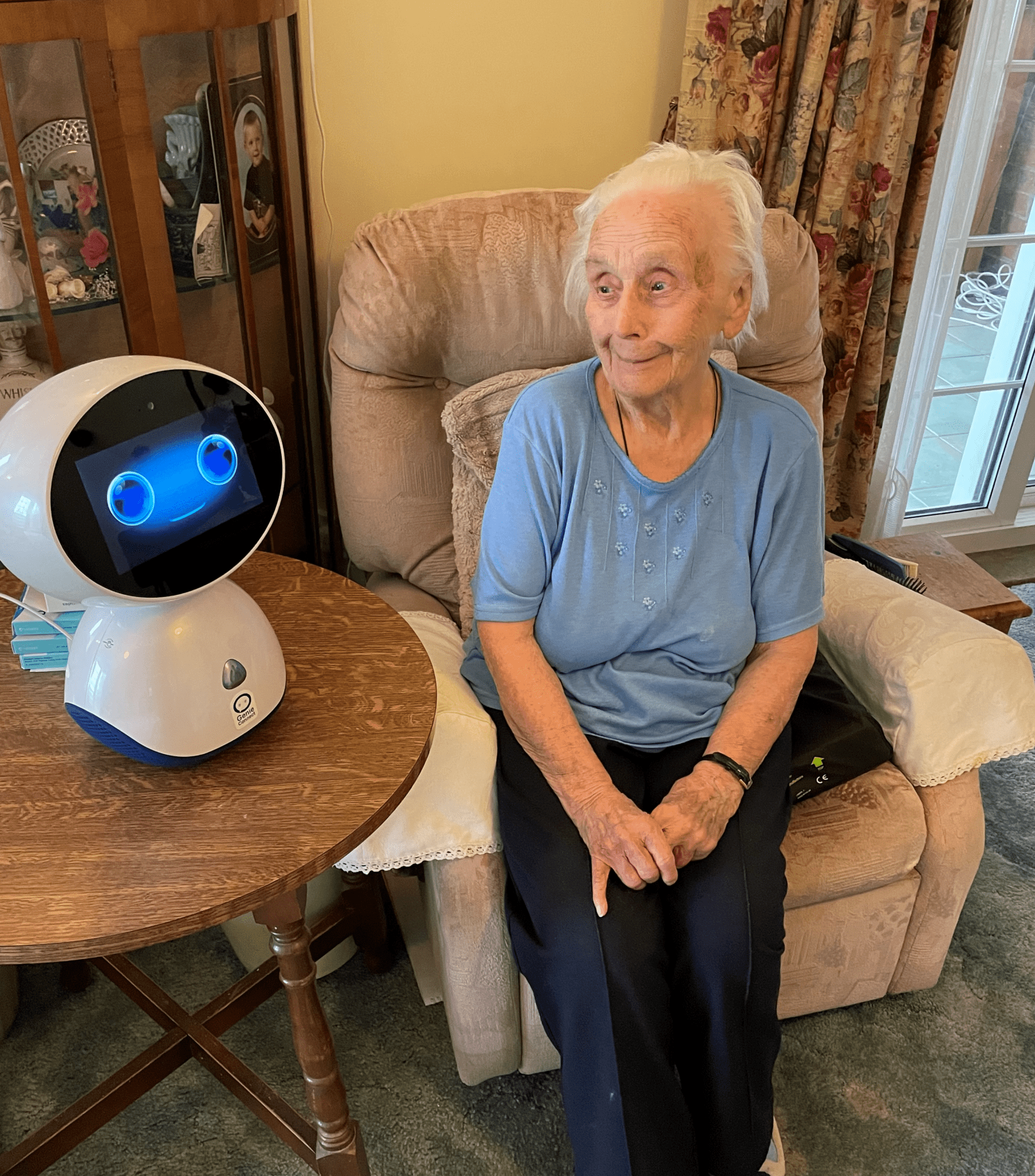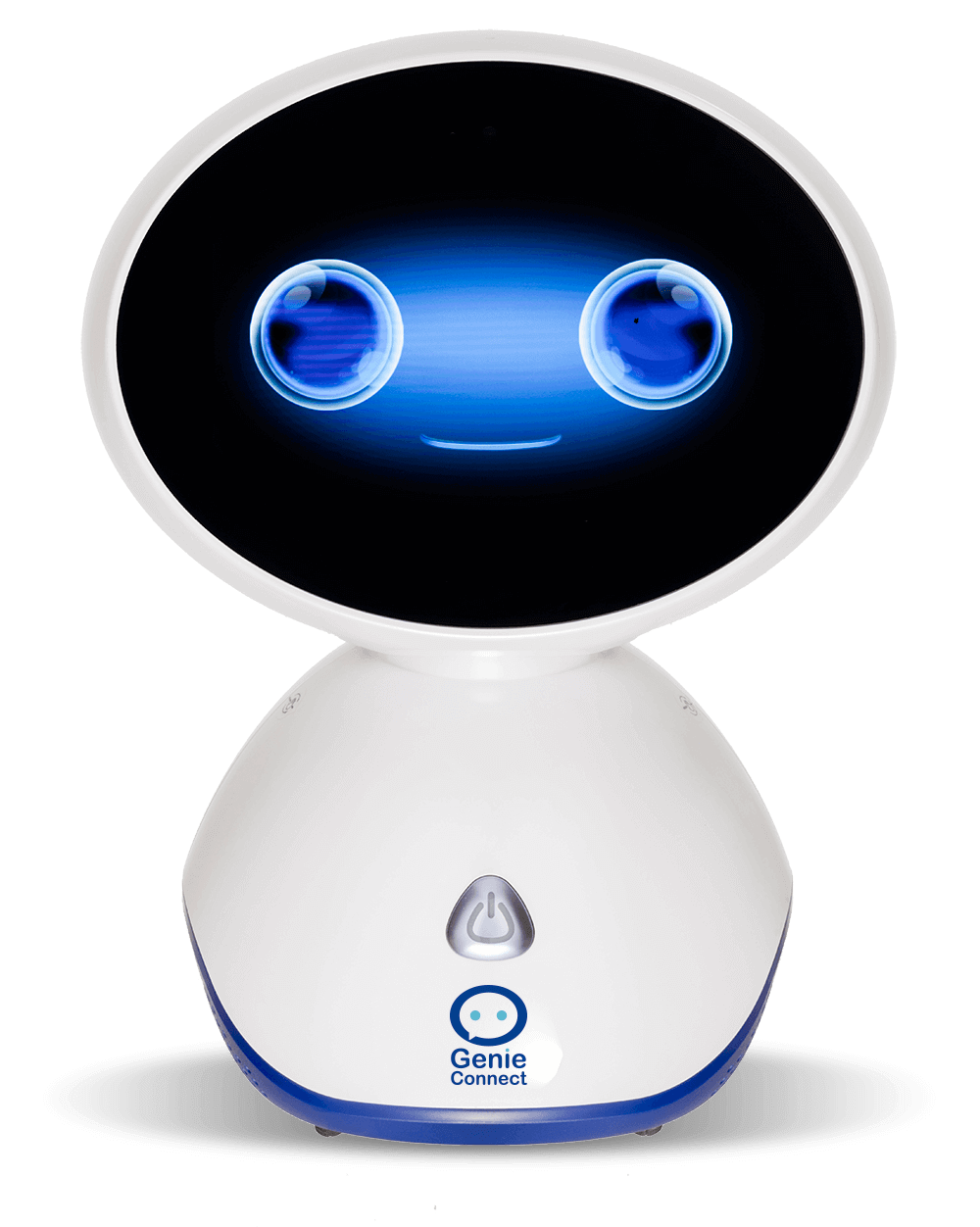The UK government is passing regulations mandating Covid-19 vaccinations for care workers. A policy that will make profound shortage of care workers worse.
The deadline for residential care workers to be double vaccinated is the 11th of November under the government’s “no jab, no job” policy for the sector. It is expected that domiciliary care workers and NHS staff will be included in “due course”.
Joyce Pinfield from the National Care Association believes that “this is a very blunt instrument that will exacerbate the staffing crisis”.
A risk assessment on the impact of the policy has estimated that the sector could lose between 40,000 and 70,000 carers, at a time when there are already 105,000 unfilled vacancies in England alone.

Delivering some care remotely
The delivery of some care remotely is a big part of the future of care. Most stakeholders agree that technology generally must play a significant role in how we handle the care crisis.
GenieConnect® is purposefully designed to allow the delivery of care remotely. One care worker operating remotely can perform up to nine welfare checks for every in-person visit.
This proposal would allow substantial increases in the efficiency of care delivery while reducing the number of care workers lost to the industry.
Care is so much more than a transactional interaction which requires human empathy and judgement; however, we can use technology to help and compliment the amazing work our care team deliver every day.
Through using the technology, we can start reducing the amount of care needed, for example, we may agree to visit someone in person three times a week to provide personal care and in between this, they may then be content to use Genie to have a daily chat with a carer or to receive a reminder about medication or something else.

The future of 15-minute visits is virtual
Contrary to the Care Act 2014, it is estimated that 15% of English Local Authorities and roughly 30% in Wales and Scotland perform 15-minute in-person care visits. Care providers are resistant to this practice because it makes no sense economically from a care provider or care worker perspective.
National guidelines indicate that 30 minutes should be the minimum contact time for visits in person. Approximately 50% of care workers do not get paid for their travel time, so these visits reduce their income-earning potential and can lead to burnout. Care providers want to deliver the best care possible, and these visits are unsatisfactory for all concerned. Often, the care worker assigned for these visits may vary due to availability or logistics, and the visits tend to be rushed and impersonal.
It is no secret that the care sector is under huge pressure to fill vacancies, retain staff as well as local authorities working with reduced budgets with increased demand.
We decided to introduce the service in part because of the Covid-19 pandemic which left many of our customers feeling more isolated than normal, due to not being able to receive visits from friends or family. In addition we see the possible economic benefits and environmental paybacks.
CEO of Service Robotics Ltd
“Finding proven methods of delivering some care remotely is game-changing for the care industry. By doing this we are enabling carers to do what they tell us they want; to deliver more care and better care”
Proposal
We propose to set up a commercial entity to deliver remote care at scale with the proper funding and support, called a Remote Care Centre Operator or RCCO. This could be set up as part of the Local Authority, or as a non-profit, or a non profit private entity. It will be staffed by professional care workers who either cannot or choose not to be vaccinated.
For every 3 full-time remote care workers we predict that 135 welfare checks, health checks, and medication compliance virtual visits can be performed daily. The local authority would pay the accepted rate for a 15-minute in-person care visit for each service user to their usual care provider as part of a more expansive care package arrangement. They would then outsource the appropriate number of virtual visits to the RCCO at the same rate. The RCCO would pay the subscription for each Genie companion or tablet provided covering the cost of the Genie service and its infrastructure.
Each remote care team would be the responsibility of a particular care provider from the regulatory perspective. If demand requires, two or more team members could be allocated to one care provider.
In any case, remote care team members would provide cover for each other to give flexibility in their working day. Regardless, it would always be obvious to the service user which care organisation they are dealing with.
The possibilities are literally endless, we’re excited to be at the forefront of innovation using technology to keep people stay connected and help bring the next revolution to our sector.
Benefits
To the care provider
We are supporting care workers that would otherwise be lost to the care workforce. Therefore, this RETAINED ADDITIONAL CAPACITY will free up existing care workers for higher dependency service users.
To the RCCO
The RCCO could be its own profit centre, preferably as a Community Interest Company or not-for-profit entity.
To the Service user
Higher quality, more regular care from a recognised carer/provider with increased contact.
To the Local Authority
Reduction in care package wait list times by allocating some care calls remotely and a reduction in cost because the unwillingness of care providers to accept 15-minute visits means they often opt for 30 minutes and therefore pay more.

Want to learn more? Get in touch
Book a demo with our team today
You will learn:
- 5How to use the Care Portal to quickly set up the team, assign Remote Care visits, and schedule healthcare checks
- 5The simplicity of the Companion App for the care worker, health and social care providers, family and friends
- 5Older adults experience of GenieConnect® and how they use the digital companion daily
BOOK A DEMO